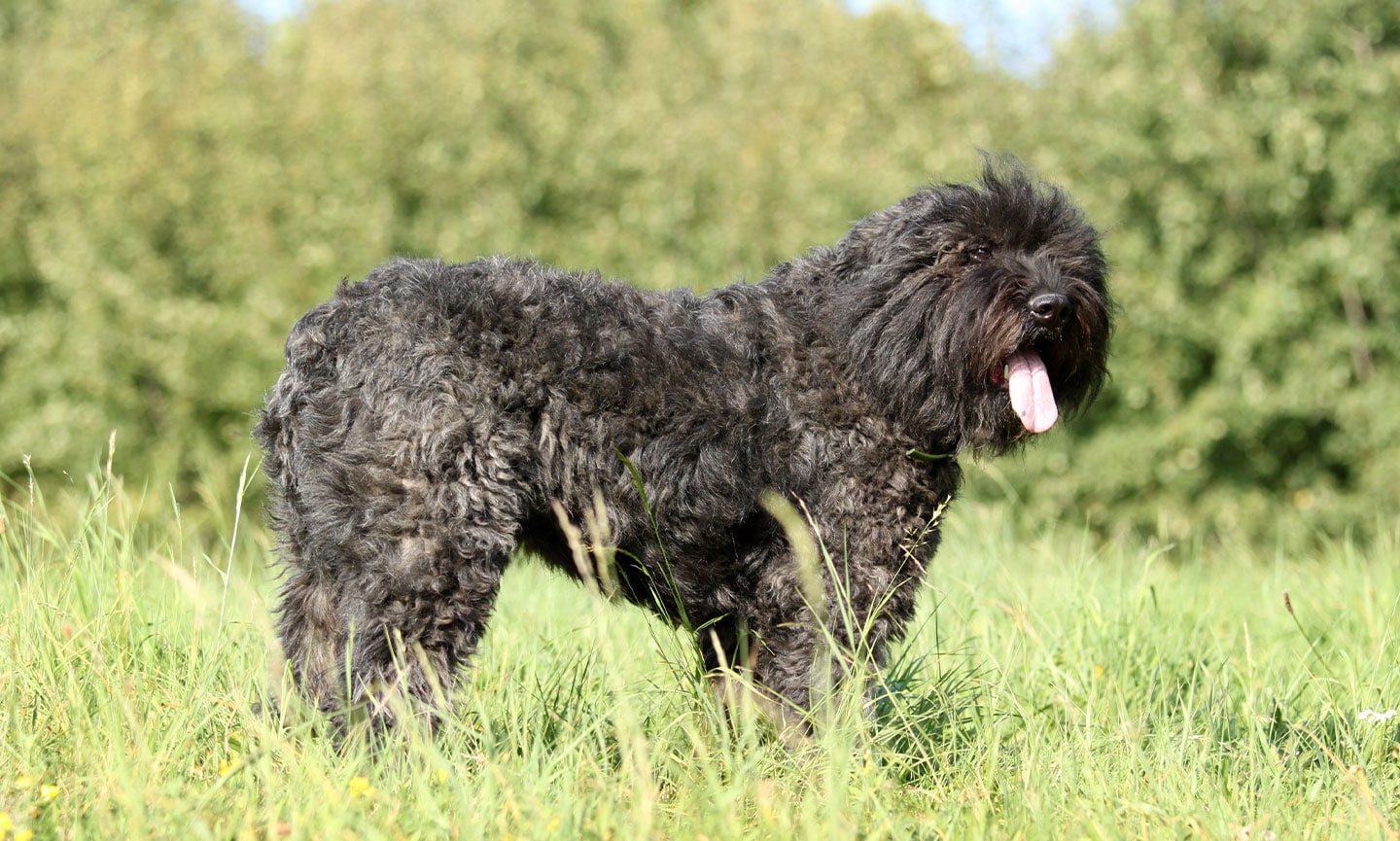
Bouvier des Flandres Breed Characteristics, Care & Photos BeChewy
Bouvier des Flandres are large breed dogs and should be fed accordingly. This means that young, growing puppies should be fed a large breed puppy food for the first 12-18 months of life. As an adult dog, Bouviers should be fed good quality balanced diets in portion-controlled meals. Too much dog food, too many treats, or too many table scraps.

14 Interesting Facts About Bouvier Des Flandres For Everybody To Know
A Belgian army vet, Captain Barbry helped the breed to survive after rescuing a Bouvier in the War, and later started a careful breeding programme with this dog. The Bouvier is a strong dog with a dense matt coat. He has shown his versatility in tracking, carting and as a guard dog. He was also used by the armed forces as an ambulance dog.
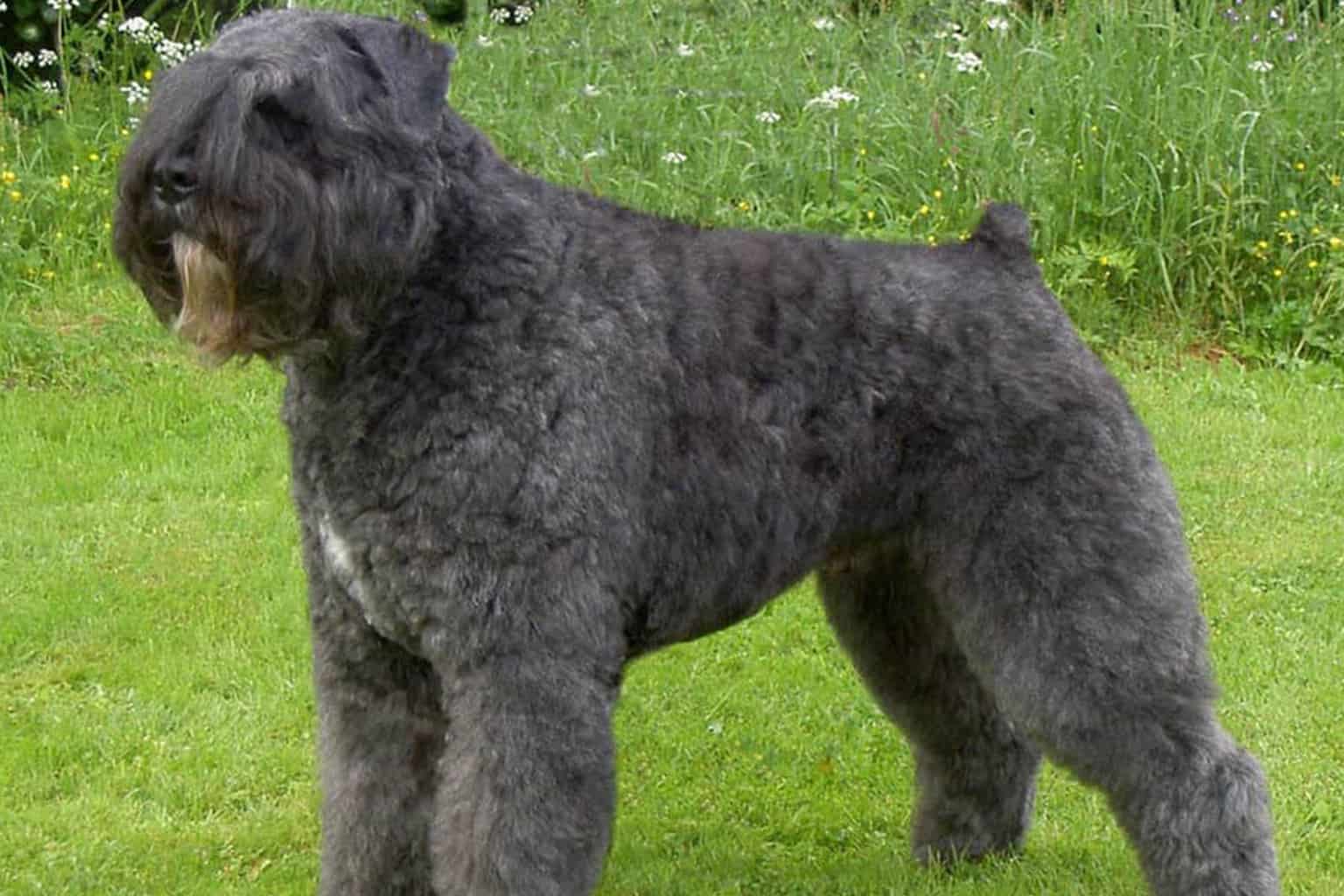
Bouvier Des Flandres Information, Health & Characteristics
Bouvier des Flandres They don't build 'em like this anymore. Burly and barrel-chested, the tousle-coated dog of Flandres is from a time and place where a dog had to work like. well, a dog.
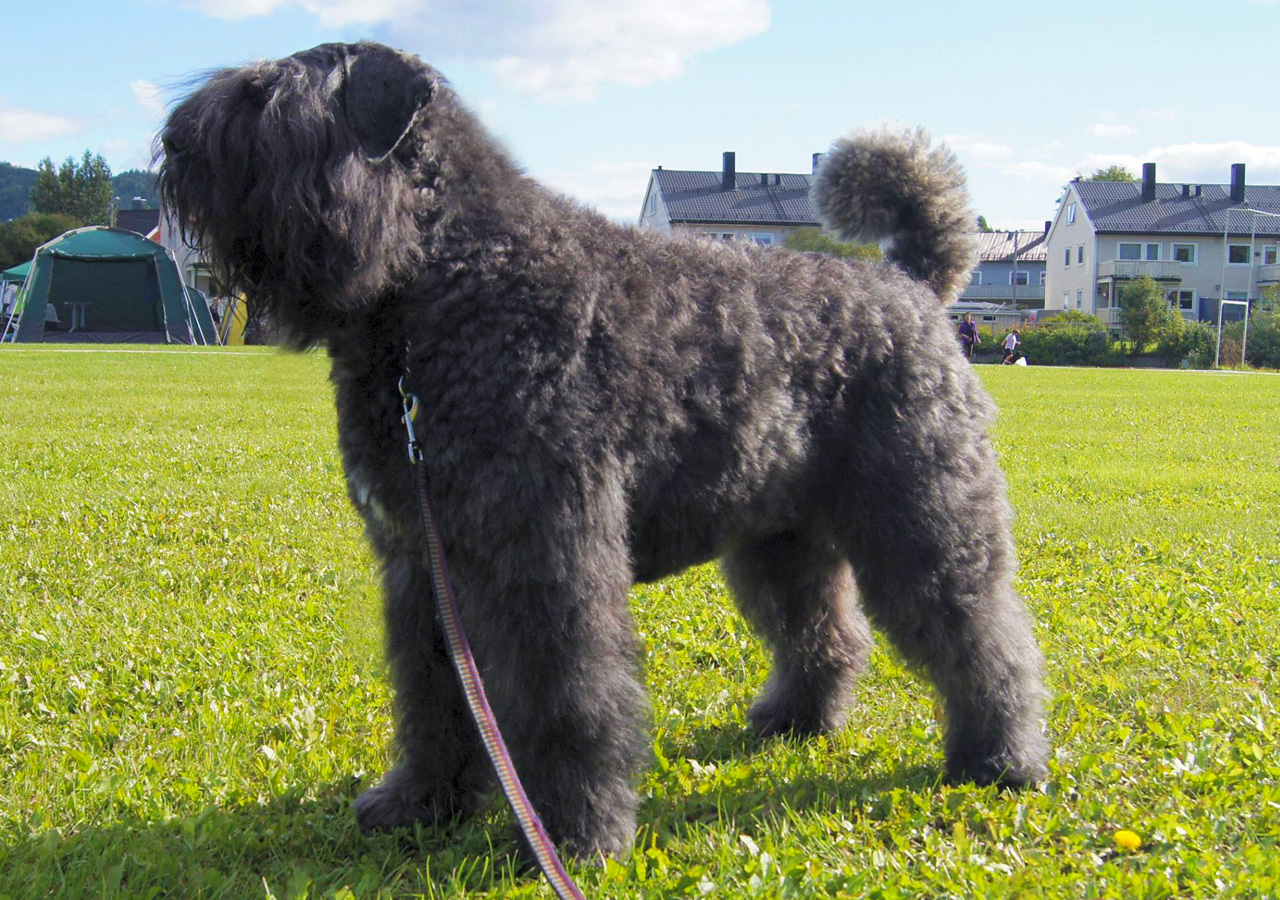
Bouvier Des Flandres Information, Health & Characteristics
The Bouvier des Flandres is a large herding breed from Belgium with a sturdy body to pair with its wiry fur, floppy ears, bearded face, and fluffy appearance. This confident, powerful dog is an expert at putting its size and intelligence to work. The breed's beard is one of its most recognizable features. In fact, the Bouvier's Dutch nickname.

Bouvier des Flandres Dog Breed Information and Characteristics Daily Paws
Bouvier Des Flandres. A breed standard is the guideline which describes the ideal characteristics, temperament and appearance including the correct colour of a breed and ensures that the breed is fit for function. Absolute soundness is essential. Breeders and judges should at all times be careful to avoid obvious conditions or exaggerations.
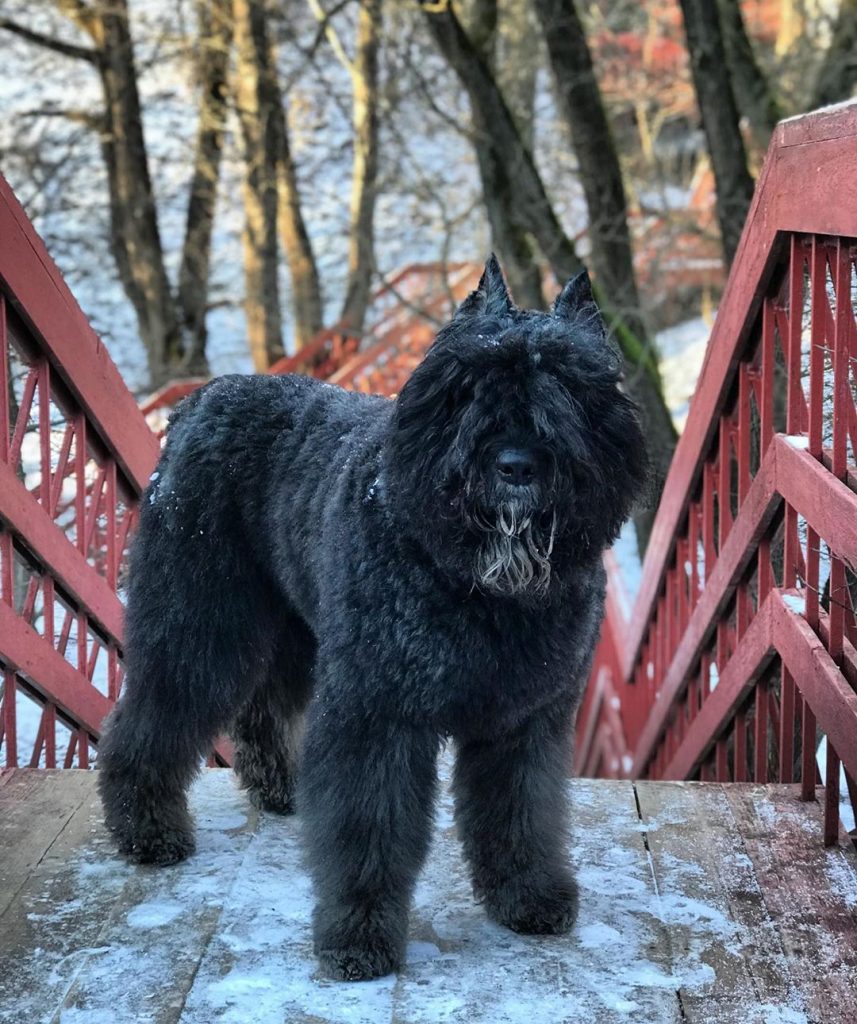
Bouvier des Flandres Puppies Behavior And Characteristics In Different
The Bouvier des Flandres first became established in Great Britain in 1972, although in 1924 a female and two puppies were registered at the Kennel Club by a Captain H. P. Dick, and in 1948 a male named Jeep was also registered. Obviously, some Bouviers may have been brought in without the owners bothering to register them, and others may have.
:max_bytes(150000):strip_icc()/BouvierdesFlandrespuppy-GettyImages-161545699-38482bdfc6b043ec861b4afbf2d147be.jpg)
Bouvier des Flandres Dog Breed Characteristics & Care
Bouvier des Flandres Highlights. Large, powerful dog: The Bouvier des Flandres is a large, powerful dog that stands between 24 and 27 inches tall and weighs between 60 and 110 pounds. They have a.
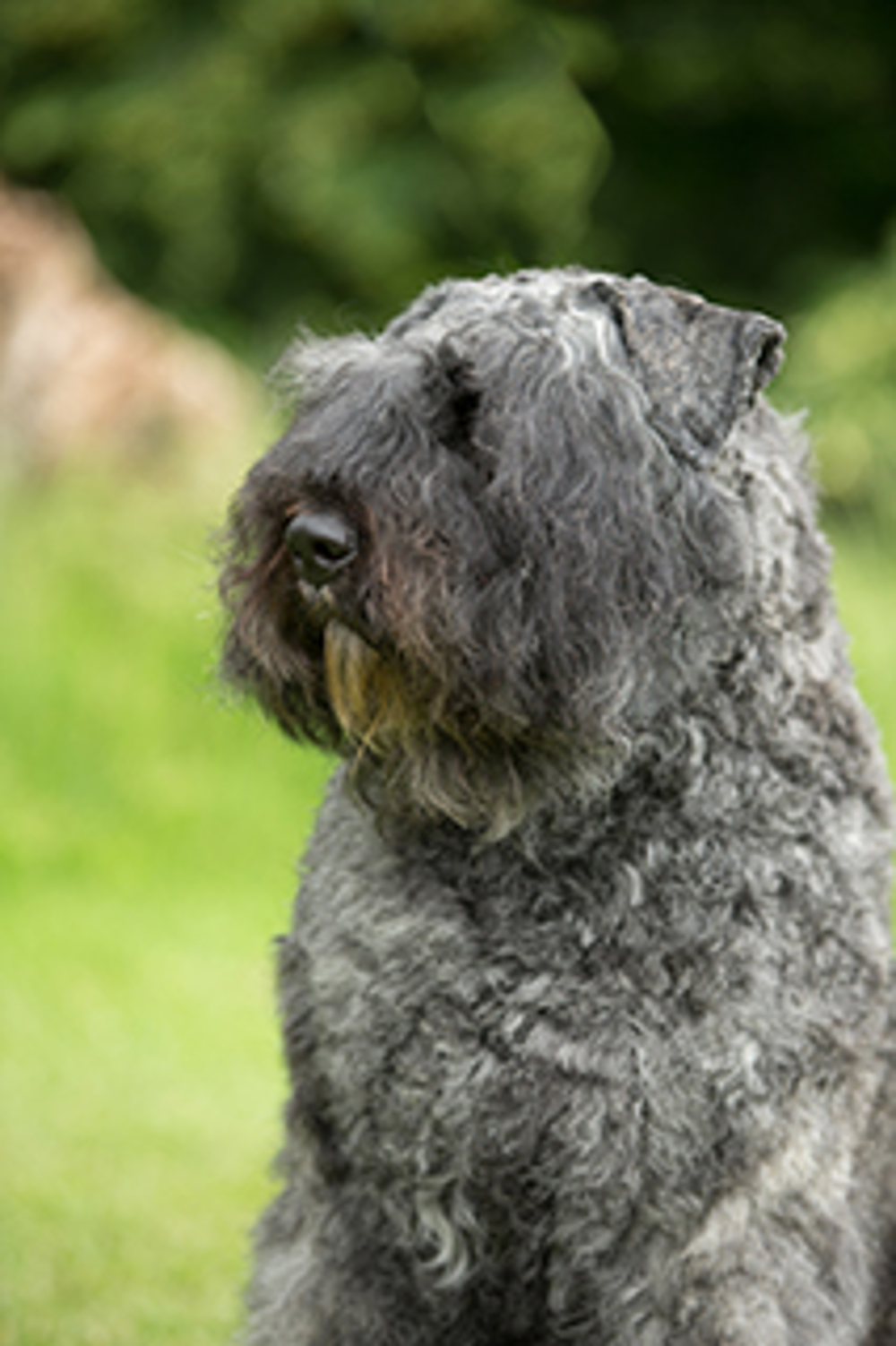
Bouvier Des Flandres Breeds A to Z The Kennel Club
The Bouvier des Flandres Club of Great Britain is dedicated to the promotion of the breed; Puppies, Breed standards, History and a large Health section. (Please fill in the health questionnaire to help us help the breed) Events, results, Judges critiques and a list of judges. Details of the club, membership, officers and joining.
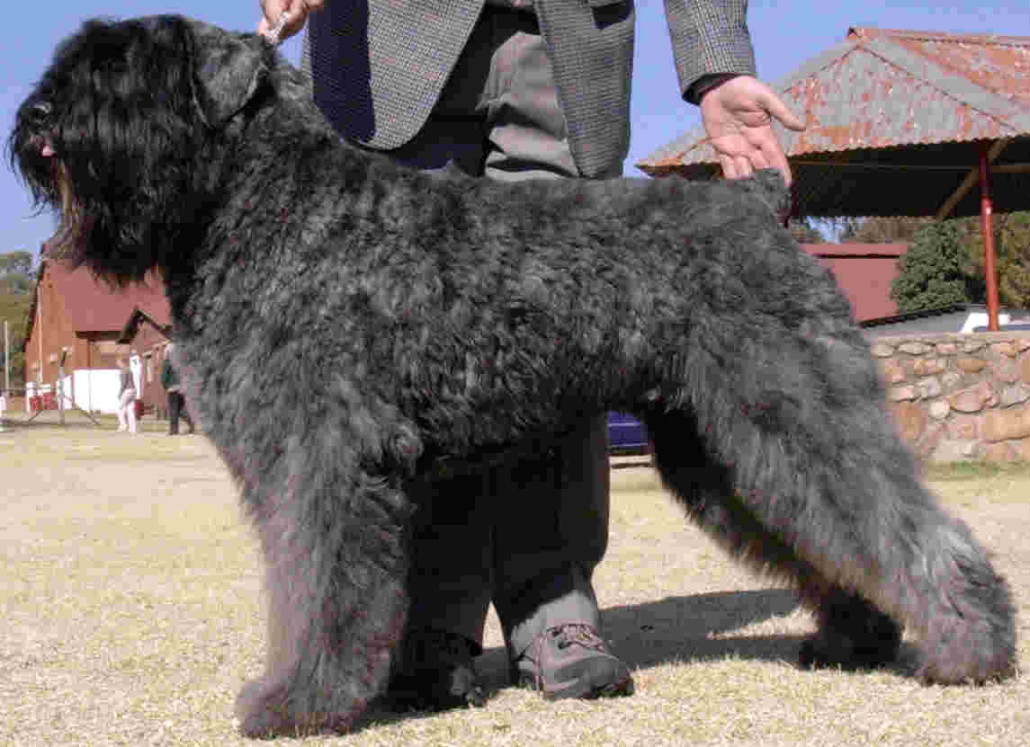
Bouvier des Flandres Breed Guide Learn about the Bouvier des Flandres.
The Bouvier des Flandres is a herding dog breed originating in Flanders, Belgium.They were originally used for general farm work including cattle droving, sheep herding, and cart pulling, and nowadays as guard dogs and police dogs, as well as being kept as pets.. The French name of the breed means, literally, "Cow Herder of Flanders", referring to the Flemish origin of the breed.
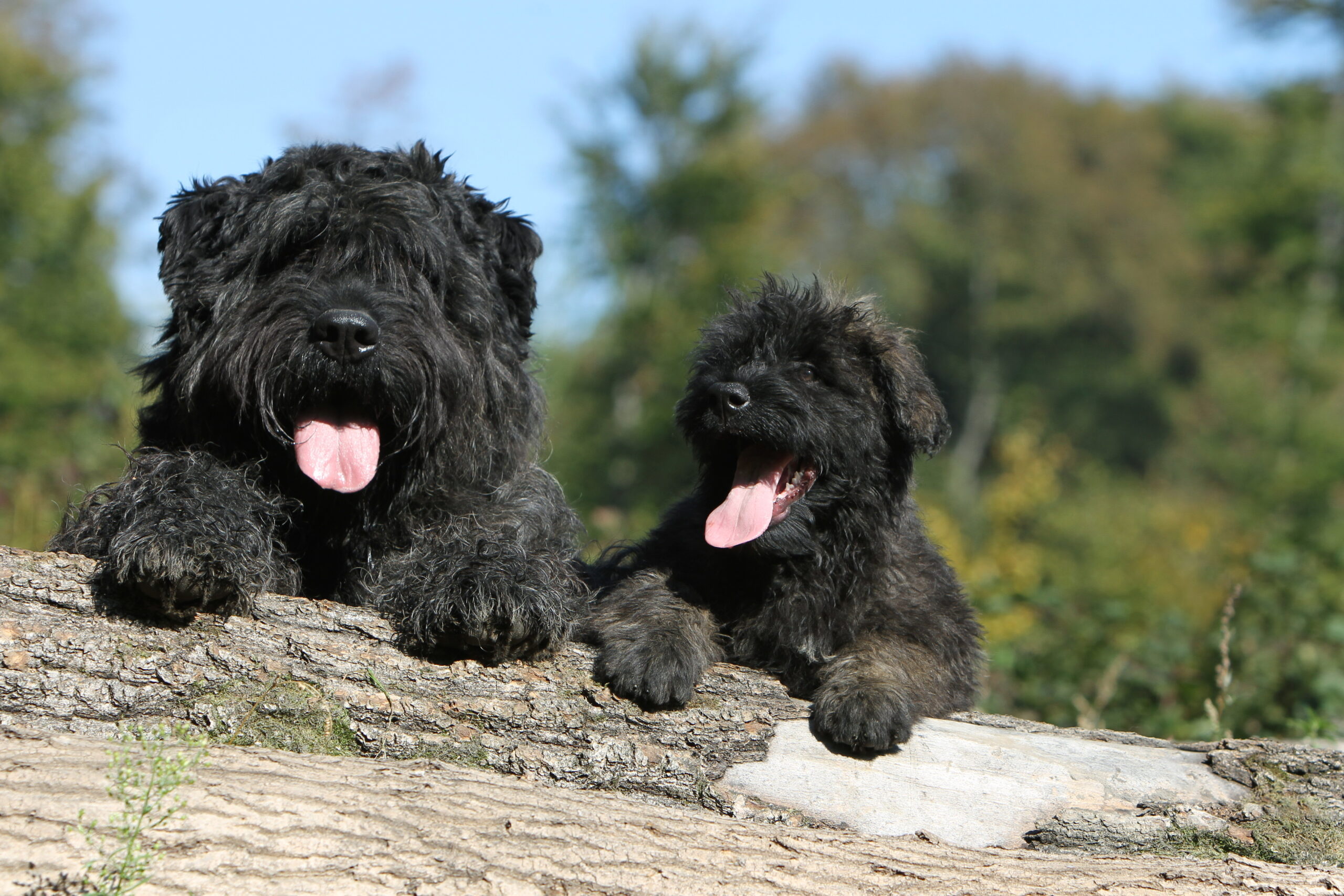
Le Bouvier des Flandres Balmelok
The Bouvier des Flandres is a large, impressive dog that can grow to about 27 inches high and weigh as much as 95 pounds (43 kilograms). Bouvier Des Flandres personality. Despite the huge size, the Bouvier des Flandres is a calm and docile dog known for having a pleasant nature, and is a great family pet. The Bouvier can get along well with.

Bouvier des Flandres Dog Breed Information and Images K(RL
National Bouvier Des Flandres Club UK. We are a relatively new Club - please keep coming back to visit us. The National Bouvier Club has now been approved by The Kennel Club. A timely reminder from our Patron Mr tony Crowther: Daffodils, especially cherished in Wales, are always a promising sign of Spring but please remember that their bulbs.

Bouvier des Flandres History, Personality, Appearance, Health and Pictures
The Bouvier des Flandres is a large breed working dog, popular in their native Belgium. Traditionally, these canines were used to herd cattle, but have since won the hearts of many dog enthusiasts. The breed is highly protective of their family, making excellent watch and guard dogs. Naturally, the Bouvier des Flandres will develop a deep.
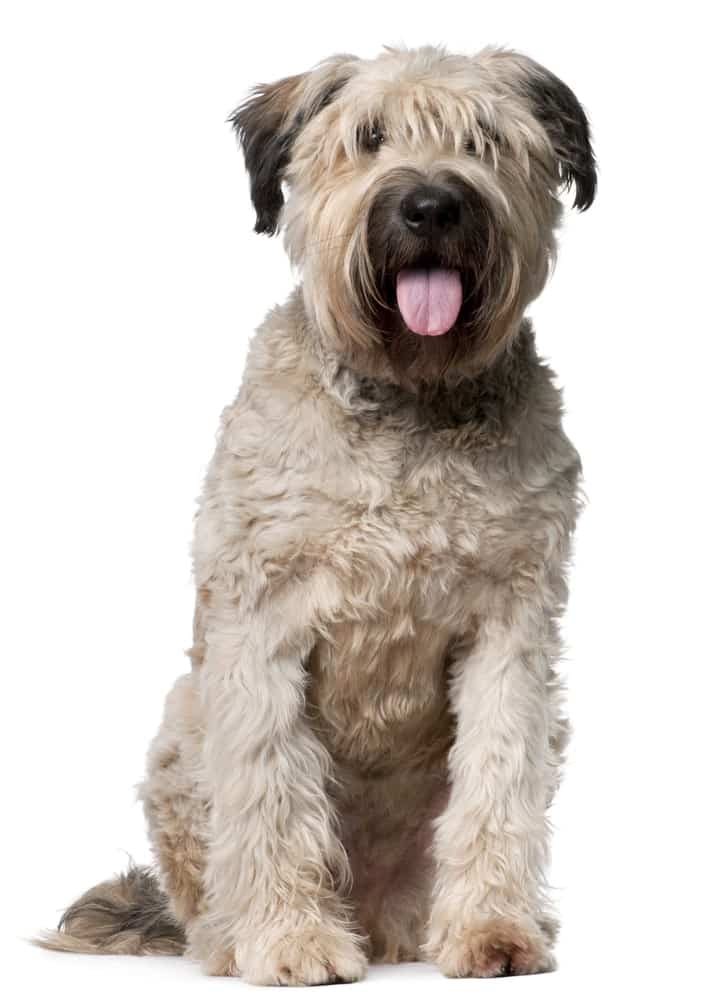
Understanding The Bouvier Des Flandres Temperament Intelligent, Loyal
2. Bouvier des Flandres Are Considered Hypoallergenic. If you have an allergy sufferer in the home—have no fear! The Flandres is considered a hypoallergenic breed. 3. The Bouvier des Flandres' Beard Is Quite Messy. Because the beard is so long and scruffy, it collects food and water—so be prepared for mealtime messes.

Bouvier Des Flandres Dog Breed » Everything About Bouvier Des Flandres
The Bouvier Des Flandres is a practical, no-nonsense working breed, developed by farmers in the Flandres region. Bred to withstand a cold harsh climate and the rigours of an all-purpose farm dog. The word "Bouvier" simply relates to cattle work. However, the Bouvier Des Flandres was expected to be a lot more. A herder, a guardian, draft dog.

Bouvier des Flandres Big, Barrelchested, and Bold Companions Wag
The first "standard" for the Bouvier des Flandres was developed in 1912. Then, during W.W.I (and later, W.W.II), as the home territory of the Bouvier des Flandres became a battlefield, their numbers were drastically cut - almost to extinction. Those who stayed worked as ambulance litter-pullers and military tracking aides.

Bouvier des Flandres Big, Barrelchested, and Bold Companions Wag
The purebred Bouvier des Flandres is a large dog with an average weight of about 70 to a whopping 110 pounds. Their average height ranges between 23.5 and 27.5 inches. Generally, males are bigger than females, as it's often the case with large-sized breeds.